Olti burchakli fiksator
Olti funkitsion yoki taylor fazoviy ramka fiksatori, oyoq-qo'llar bilan tuzatish uchun tashqi qurilma, Uzunligi va / yoki to'g'rilashishi - bu Ilimizarov usuliga asoslangan. Ushbu tashqi tuzilchi tananing tabiiy qobiliyatidan foydalanadi va jarrohni terini operatsiyadan oldingi rejalashtirish bilan to'g'ri anatomeks dasturlariga aniq siljitish qobiliyatini beradi.,operatsiyadan keyingi operatsiya va operatsiyadan keyingi retseptni sodda va aniqlashtirdi.

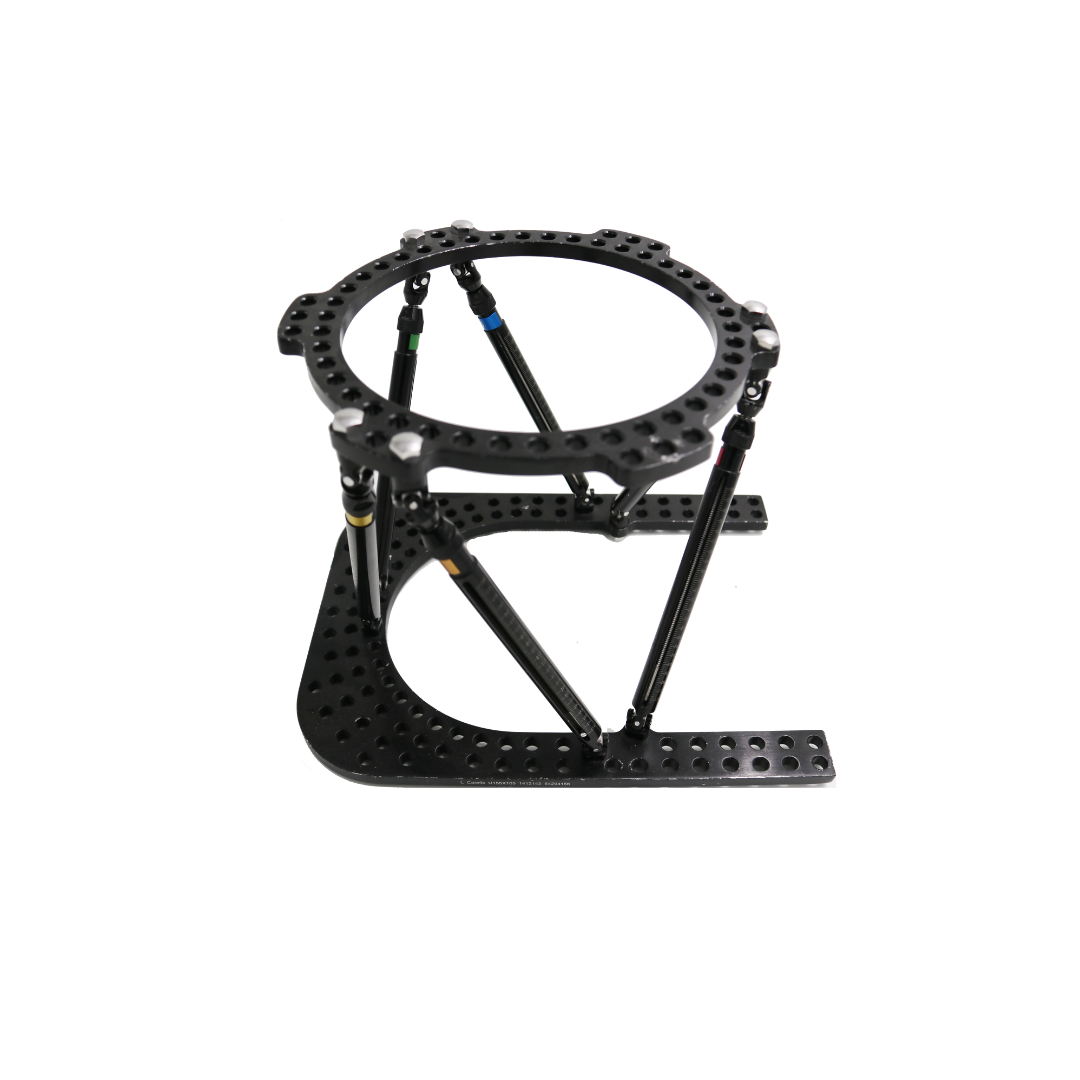
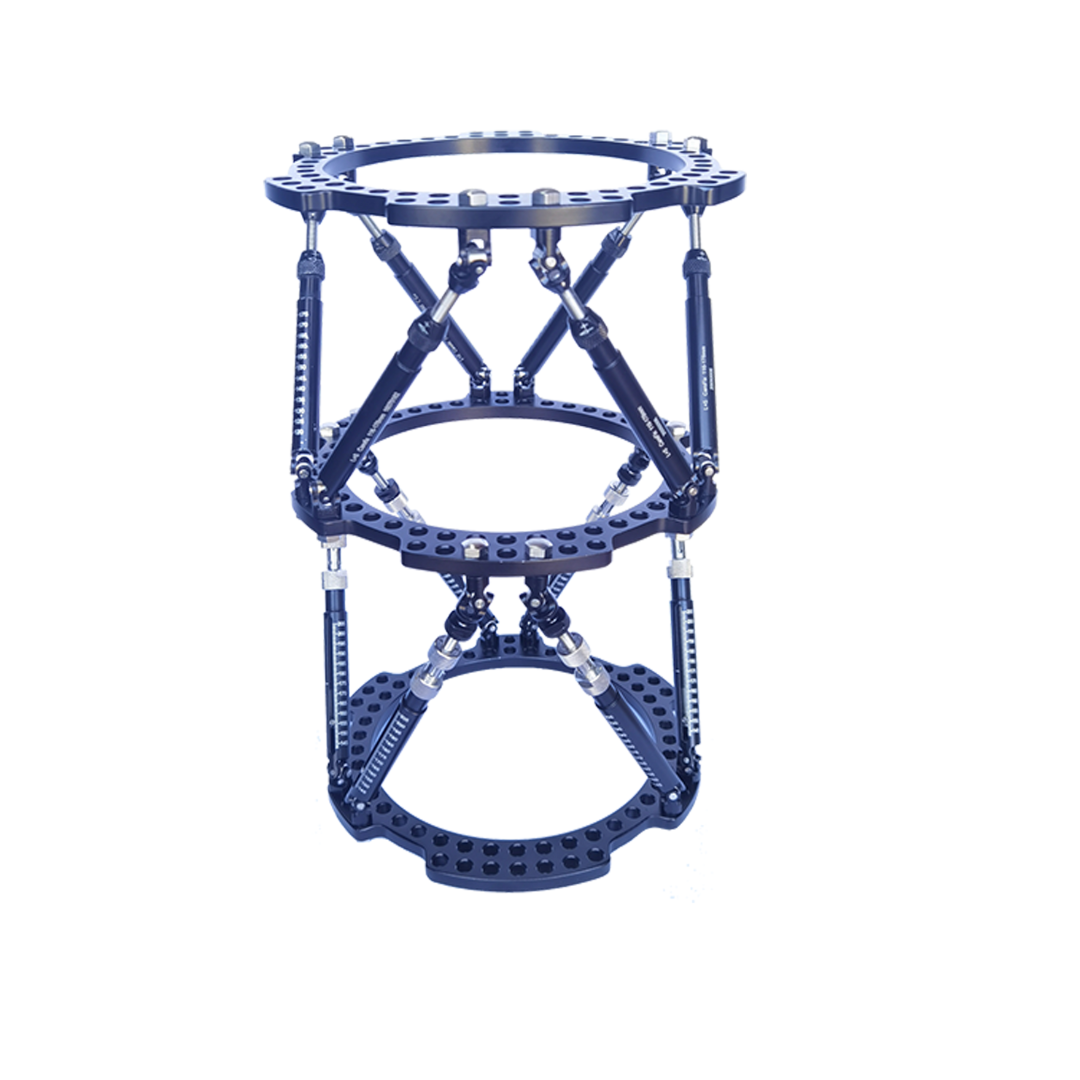
Batafsil komponent


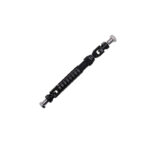

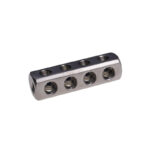

Hexapod tashqi fiksatsiya asboblari to'plami
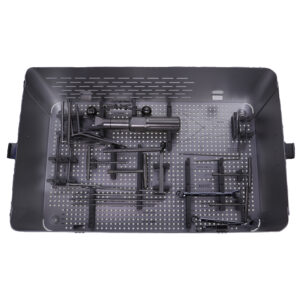
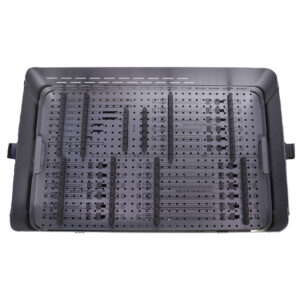
Sh&A
1-chora: Hexapod fiksatori nima, va nima uchun uni tubdan farq qiladi?
A1: Hexapod fiksatori - bu ikkita halqalarni ulash uchun oltita sozlanadigan strutsdan foydalanadi. Sozli tayoqlar bilan an'anaviy ramkadan farqli o'laroq, Ushbu oltita strut a “Virtual menteing,” aniq ruxsat berish, Bir vaqtning o'zida oddiy dasturiy ta'minotga asoslangan retsept yordamida operatsiyadan keyin murakkab deformatsiyalarni 3D tuzatish.
2-savol: Qanday qilib “Virtual menteing” ish, Va nima uchun bu o'yinni o'zgartiruvchi?
A2: Bu “Virtual menteing” matematik tushuncha, jismoniy qism emas. Mustaqil ravishda olti strutni hisoblangan miqdor bilan tugatish yoki qisqartirish orqali, Dastur suyakni har qanday kerakli yo'lni to'g'rilash uchun suyakka aylanishi mumkin, angık, aylanish, va yana bir marta tarjimasi. Bu murakkab ehtiyojni yo'q qiladi, odatdagi jismoniy aloqalar va juda qiyin tuzatishlarni soddalashtiradi.
So'ymoq: An'anaviy ilizaovulov freymida Hexapodning eng katta ustunligi nima?
A3: Murakkab deformatsiyalarni tuzatishda nomuvofiqlik va aniqlik.
Ilizarov ramka: Jarrohni maxsus shilimshiq va tishli novdalardan foydalanib, ramkaga tuzatishni jismoniy darajada qurishni talab qiladi. Bu juda muhim rejalashtirishni talab qiladi va xatoga moyil. Har bir deformatsiya (E.G., Angulyatsiya va tarjima) ko'pincha alohida narsani talab qiladi, ketma-ket tuzatish.
Hexapod freym: Ramka a da qo'llaniladi “neytral” yoki “o'rnatish” pozitsiya. Jarroh rentgen / kompyuter tomografiyalariga qoldiq deformatsiyani o'lchaydi, Ushbu parametrlarni ixtisoslashgan dasturiy ta'minotga kiritadi, va kompyuter har kuni ishlab chiqarish “retsept” Bemorga ergashish uchun strut uzunliklari. Bu bir vaqtning o'zida va aniq deformatsiyaning barcha jihatlarini tuzatadi.
Q4: Qaysi klinik stsenariylar - bu Hexapod ficatori - eng yaxshi tanlov?
A4: Bu uchun oltin standart:
Murakkab, Ko'p eksqorsiz deformatsiyalar: Axulyatsiya bilan deformatsiyalar, tarjima, va aylanish birlashmasi.
O'limni keskin deformatsiya tuzatish bilan uzaytirish.
Malulalarni tuzatish (yomon holatda singan yoriqlar) deformatsiya olti o'qda.
Oybekcha kesilgan jarohatlar yoki o'smirlar rezektsiya qilinganidan keyin qayta tiklanish.
Q5: Hexapod tizimidan foydalanishning asosiy kamchiliklari yoki muammolari nima??
A5:
Narx: Tizimlar va kerakli dasturiy ta'minot an'anaviy Ilizarov komponentlariga qaraganda ancha qimmatga tushadi.
O'rganish egri: Jarrohlar dasturiy ta'minotda o'qishni va deformatni tahlil qilish tamoyillarini talab qiladi.
Texnologiyalarga ishonish: Butun jarayon aniq rentgenologik o'lchovlarga bog'liq va dasturiy ta'minotdan foydalanishga bog'liq.
Freymiya: Bu monolali fiksatordan ko'ra kattaroq bo'lishi mumkin.
Chora: Qanday qilib Hexapodning aniqligi boshqa usullar bilan taqqoslanadi?
A6: U kichik millimetr va pastki darajadagi aniqlik bilan ta'minlaydi. Operatsiyadan oldingi o'lchovlar va ramka o'rnatish moslamasi aniq, yakuniy anatomik natijada juda mos keladi, Ko'pincha murakkab holatlarda qo'lda qo'llanmalar bilan ishonchli tarzda erishilishi mumkin bo'lgan narsadan ustundir.
Q7: Oddiy kengayish uchun hexapod ishlatilishi mumkinmi?, yoki u haddan tashqari?
A7: Uni oddiy uzaytirish uchun ishlatilishi mumkin, va ba'zi jarrohlar buni afzal ko'rishadi “gunohni kechiradigan” Boshlang'ich ramkaga nisbatan tabiat. Ammo, to'g'ridan-to'g'ri, DiFheal deformatsiya yo'q, Monoliya temir yo'l tuzuvchisi ko'pincha afzal ko'riladi, arzon, va bemorni boshqarish uchun soddalashtiradi. Xexapodning kuchi murakkabligida eng yaxshi foydalaniladi.